What would you do when your PC isn’t starting normally, and you need to troubleshoot something? The answer is simple — Safe Mode.
By booting into the Safe Mode, you can quickly get into the system with only the important number of features enabled. Safe Mode is the only reliable way to troubleshoot some issues, and everyone is used to it.
The usual way to boot into the Safe Mode by pressing F8 has changed in Windows 10 and 11. Just in case you have succeeded in getting into Safe Mode in Windows 10 but don’t know how to exit from it.
This article will help you pave the quickest exit path from the Safe Mode. Just read till the end to find the procedures of getting out.
What is Safe Mode in Windows?
Safe Mode is an essential troubleshooting service for Windows. If you cannot start the PC and face the blue screen of death, this is the only option to access the system. Unstable hardware or software issues might not let you into the system without reinstalling the Windows. That’s where Safe Mode comes to the rescue.
The startup programs and services are disabled, screen resolution is decreased, and third-party apps are not enabled while you are in Safe Mode. You can uninstall any unwanted or malicious softwares, roll back the drivers or check the system from here.
Follow our guide on disadvantages of not Activating Windows 10.
How to Exit Safe Mode From Windows 10/11
Just in case you boot into the Safe Mode to troubleshoot some issues. Later solving the problem, you restarted the PC and got into Safe Mode again. You are taken there each time after a restart.
There are three effective ways to exit from the Safe Mode. You can follow any methods to ditch this stuck loop.
Here are the methods to move out from the Safe Mode in Windows 10/11:
1. Using the System Configuration
If you cannot find the way out from the Safe Mode in Windows 10 or 11, you can do that by going to the system configuration tool. All you need to do is open the system configuration Window and uncheck the start-up with the Safe Mode option.
Here are the steps to exit from the Safe Mode by using the system configuration:
- Press Windows key + S and search RUN.
- Type msconfig and hit the Enter key.
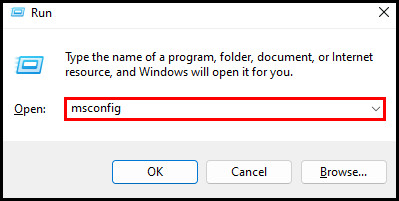
- Select the Boot tab.
- Uncheck the Safe boot beneath the Boot options.
- Click the OK button and restart the System.
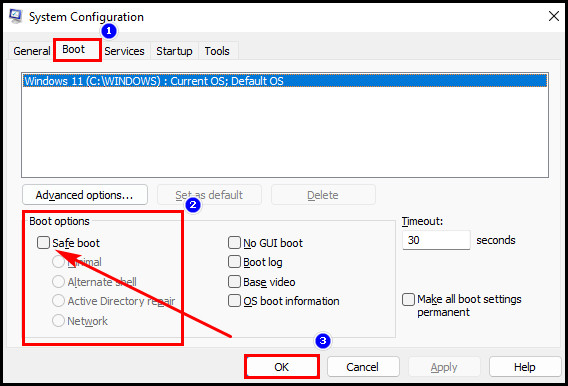
Your PC will boot into the operating system, followed by a restart. This is one of the quickest ways to exit from the Safe Mode.
2. Using the Command Prompt (CMD)
You can also try this method if the above process fails to take you out of the Safe Mode. Just open the CMD and type some command line, and you will be out of Safe Mode.
Here are the steps to jump out from the Safe Mode using CMD:
- Click on the Windows search icon and type CMD.
- Launch CMD with Admin Privileges.
- Type the following command lines and hit Enter.
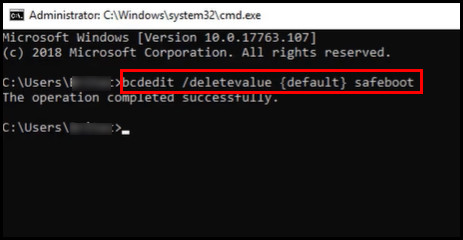
bcdedit /deletevalue {default} safeboot
Shutdown /r
The first command line will disable the Safe Mode and the second line for restarting the PC. Your system will continue and return to the operating system instead of the Safe Mode.
Also, check out our separate post on uninstall IE11 Windows 10.
3. Restart the System with Shift Key
Not interested in typing in those command lines or changing the system configuration? You can try this procedure also, to leave the Safe Mode.
Here are the steps to leave the Safe Mode from the Advanced options:
- Right-click on the Windows icon.
- Press Shift Key + Click on Restart.
- Click on the Troubleshoot option.
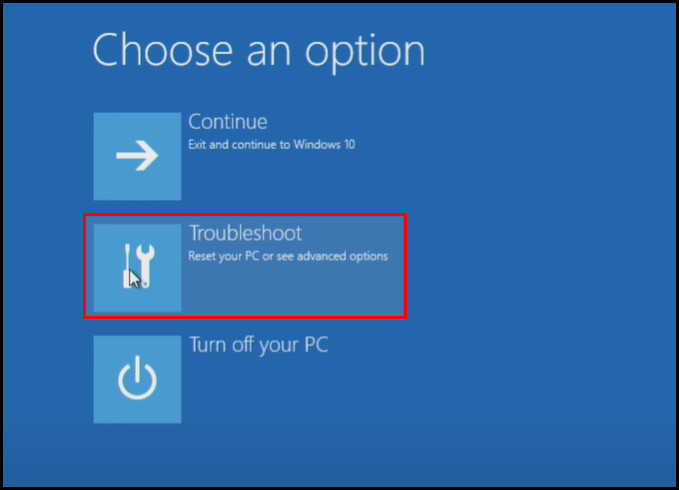
- Select the Advanced options.
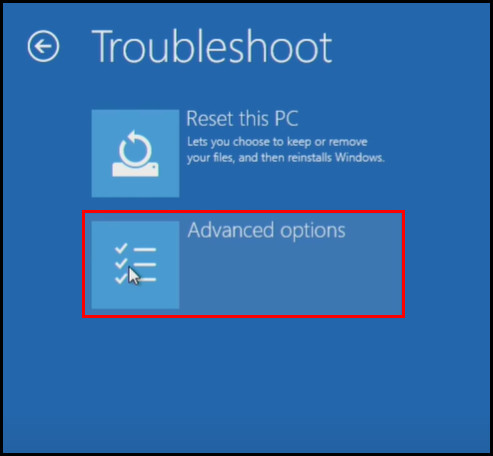
- Click on the Startup Settings from the Advanced options screen.
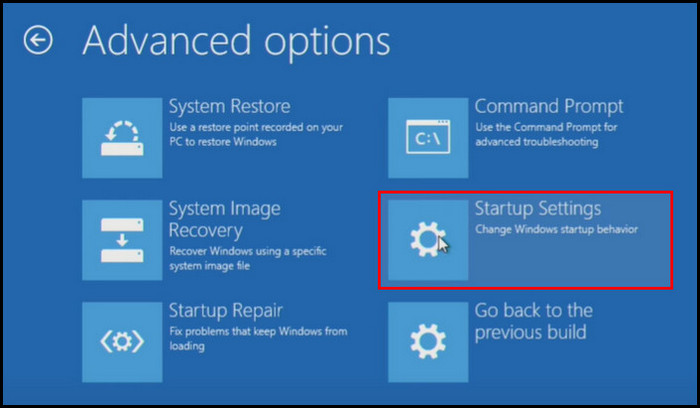
- Hit the Restart It will restart and come up with Startup Settings options.
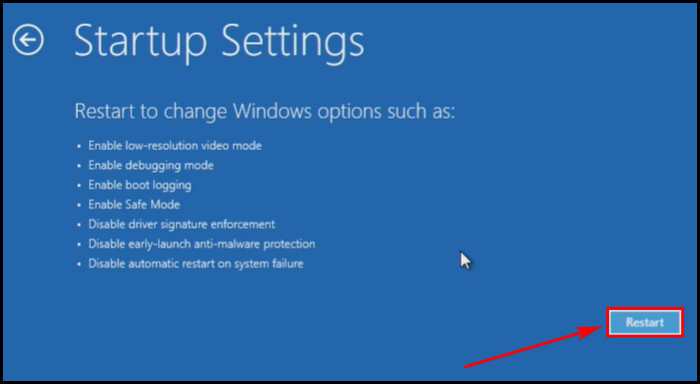
- Press Enter to return to your operating system after the restart.
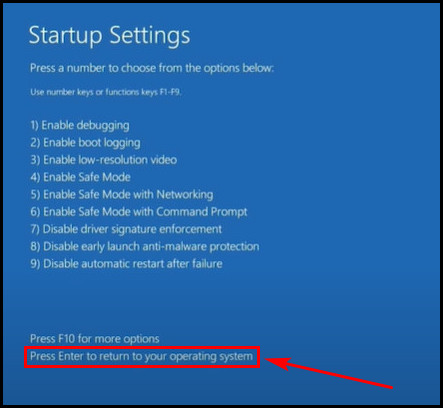
You successfully exited the Safe Mode and returned to your Windows OS. The above methods are so easy, and you don’t need to be a pro to implement those steps.
Check our exclusive tutorial on turn on or off device Encryption on Windows 11.
How to Boot in Safe Mode in Windows 10/11
Booting into the Safe Mode is almost the same and effortless as getting out of the mode. You might need to barge into the particular Safe Mode to fix any error in your system.
Here are the methods to boot in Safe Mode in Windows 10 or 11:
1. From the Settings
You can boot in Safe Mode by going to the Windows Settings. But to implement this method, you must first sign in to your Windows.
Here are the steps to leap into the Safe Mode from Windows Settings:
- Go to the Settings by pressing the Windows key + I.
- Navigate to Updates & Security > Recovery > Advanced startup.
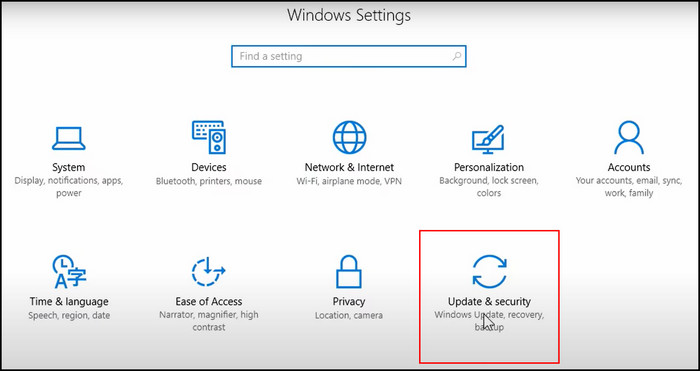
- Click on the Restart now option.
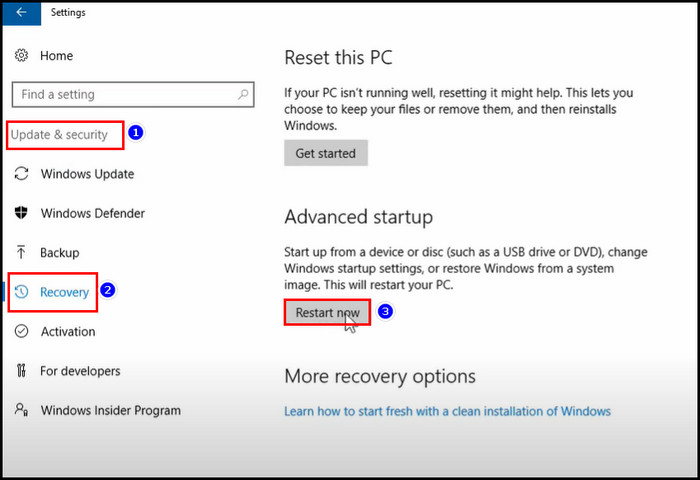
- Click on the Troubleshoot menu from Choose an option screen.
- Go to Advanced options > Startup settings > Restart.

- Press numbers 4, 5, or 6 from the keyboard to enable the Safe Mode with different functionality.
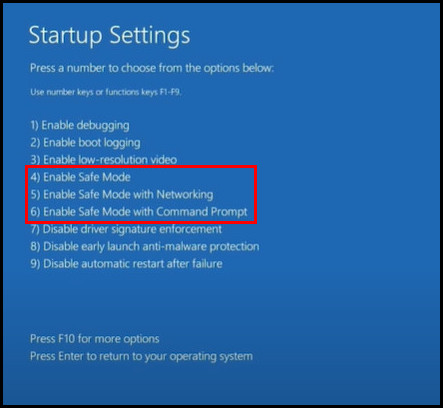
Moreover, you can also press the 5 number key to launch the Safe Mode with internet access. Next, you will be booted into Safe Mode.
Here’s a complete guide on how to use Windows 11 installation assistant.
2. Use Shift + Restart
You can only apply this method if you want to boot into Safe Mode while on the operating system.
Here are the steps to enter the safe mood by using the Power icon:
- Right-click on the Windows icon.
- Press Shift Key + Click on the Restart icon.

- Click the Troubleshoot option from the Choose an option screen, followed by the restart.
- Navigate to Advanced options > Startup settings > Restart.

- Hit the number 4 key from the keyboard, or you can choose the number 5 or 6 option.

It will trigger a restart, and you will be in Safe Mode. Troubleshooting is accessible from here. Also, you can roll back any driver or uninstall any affected apps.
You may also like to read: PS5 Not Booting Into Safe Mode.
If you cannot boot into the Windows 10 or 11 normally, go for this method. The above techniques are only applicable if you can sign in the Windows.
Here are the steps to get into the Safe Mode using the Power button:
- Press the PC’s power button to start the system.
- Hold down the power button until the PC is turned off. Do this when the PC starts, and the manufacturer’s logo appears.
- Repeat the same process twice and turn on the PC after that. As it turns on, you will see Preparing Automatic Repair this message, and you will be taken to a Choose an option screen.
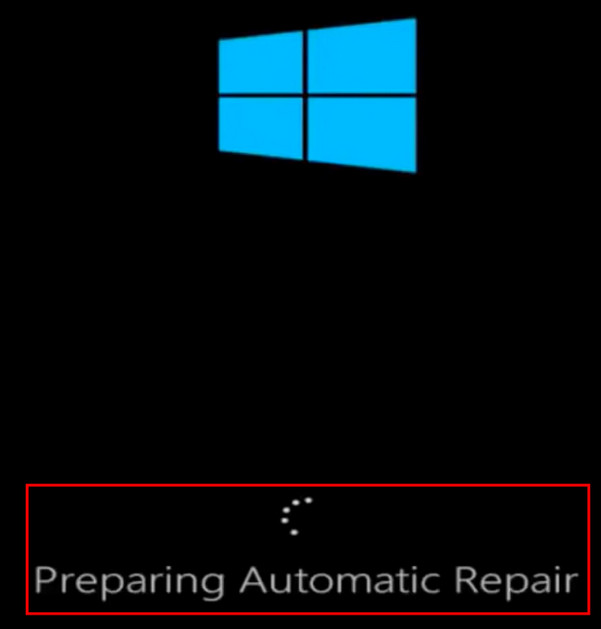
- Go to Troubleshoot > Advanced options > startup Settings.
- Hit the Restart button from the startup Settings Window.

- Hit the number 4 key to enable the Safe Mode and boot into this mode. You can also use the number 5 option to access the internet in this mode.

I hope you have successfully gotten into Safe Mode by following these methods. Safe Mode is a must when you cannot sign in to your operating system.
FAQs
Why am I stuck in the Safe Mode?
You are stuck in Safe Mode because the mode is turned on in the system configuration settings. To break the loop, check the System configuration settings and uncheck the Safe Mode under the Boot tab.
Why does Safe Mode not turn off?
Stucked Power or Restart button could trigger this issue. Some debris can enter the switch gap, or a faulty button might turn on the Safe Mode every time while starting the PC.
Does the F8 button take you to the Safe Mode in Windows 10?
No, it won’t. It will not work by default in Windows 10, but you can re-enable it by running some command lines in the CMD.
Bottom Line
Malware can delay your system booting up time, so you won’t be able to start the system. To troubleshoot this issue, you need to boot in Safe Mode. Some users might face difficulties while getting out of the mode after entering.
You can simply come out by unchecking the Safe Mode from the system configuration. Else, using the CMD and running some command lines also do the job for you.
In case you don’t know how to hop into this mode, I have covered that also. Let me know for further assistance by commenting below. Best of luck troubleshooting from the Safe Mode!




